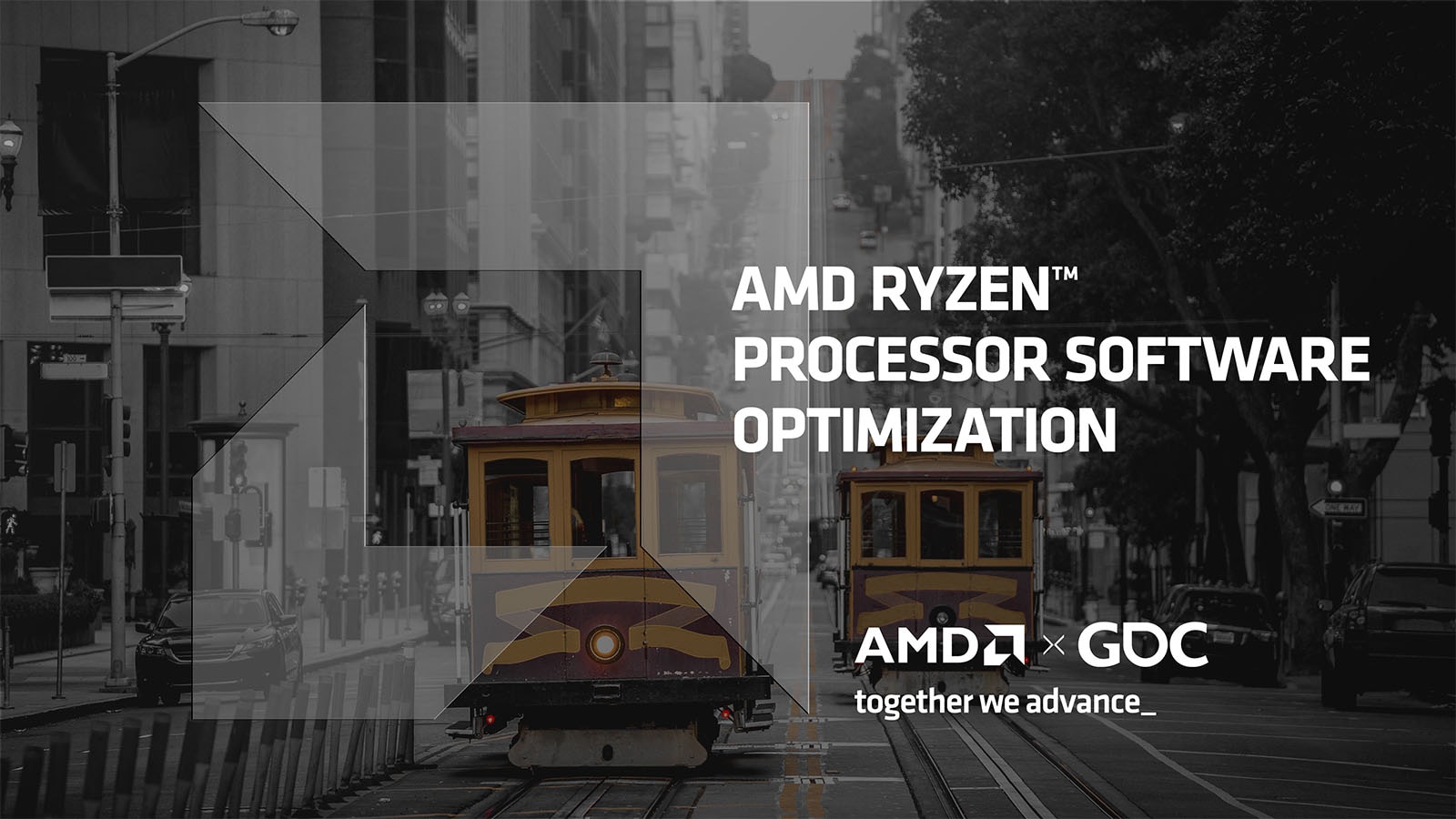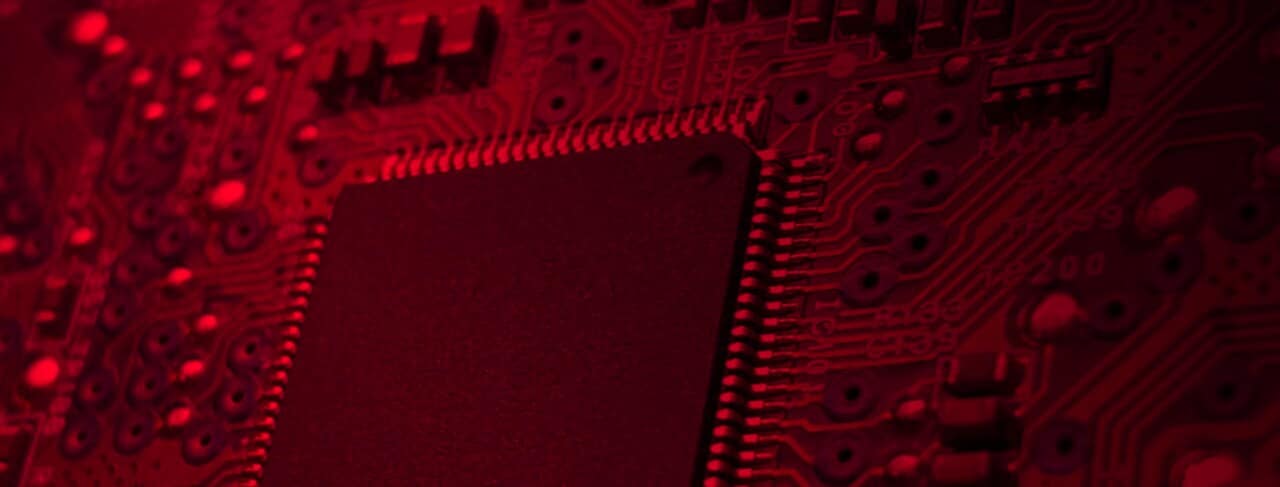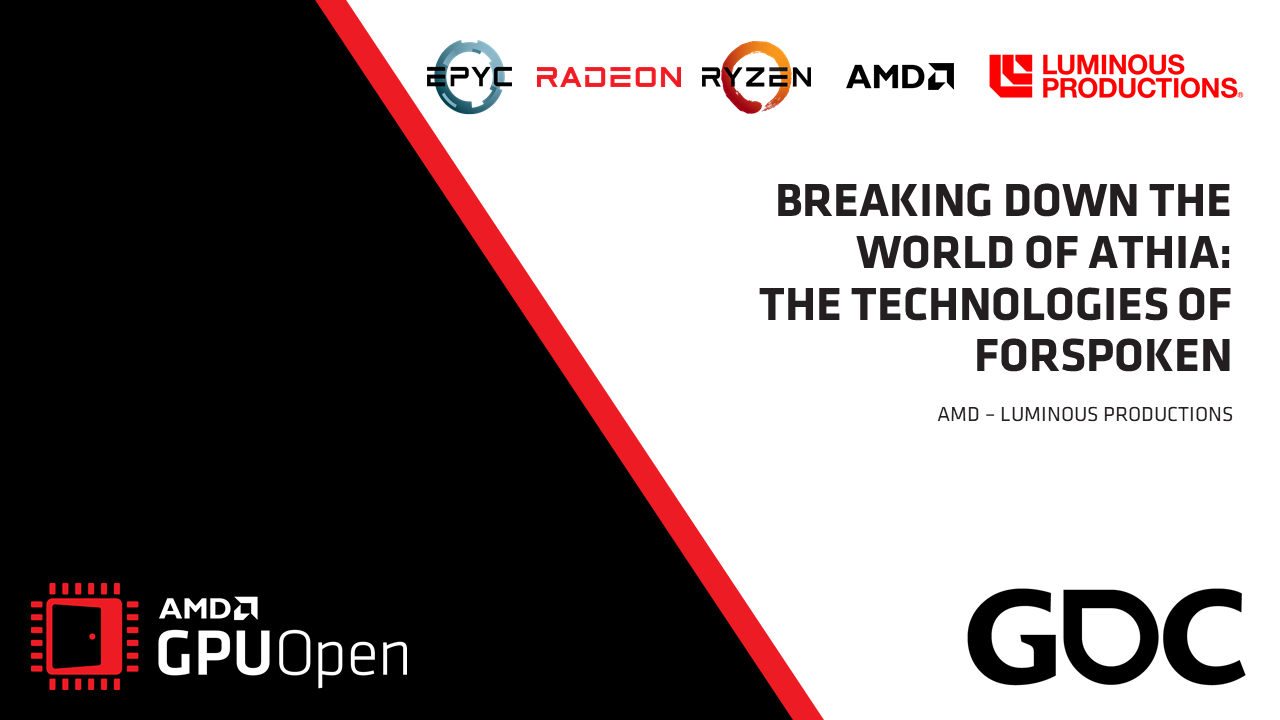

We were very excited to return to the Game Developer Conference in 2023, and share our latest developments with you!
Here you’ll find information about our sessions, as well as any associated links.
Make sure to keep checking back for the remaining videos and slide decks when they are available!
Advanced Graphics Summit
We were delighted to have been invited to present at the Advanced Graphics Summit again this year. Our talk on two-level radiance caching took place on Monday 20th March. We’ll be releasing the video of the presentation itself in due course, but in the meantime we do have a sneak preview video demo to share here of the solution presented in the talk!
Two-level radiance caching for fast and scalable real-time dynamic GI in games
Guillaume Boisse, Senior Graphics Programmer, AMD
Real-time global illumination is key to enabling dynamic and believable game worlds. GPU-accelerated ray tracing makes this possible; however, framerate and resolution requirements limit the number of traceable rays per pixel, imposing practical limits on current hardware generations. Existing solutions, such as probe-based techniques, approximate the irradiance signal using fewer rays per frame but suffer from reduced details and slow response times to lighting changes. On the other hand, reservoir-based resampling techniques capture higher detail but typically suffer from poorer performance and increased noise.
In this presentation, Guillaume Boisse, Senior Graphics Programmer at AMD, will walk through the practical implementation of a solution [PDF, 8MB] aimed at making the most of every sample by caching the estimated radiance into a cache hierarchy used for both sampling and filtering. He will show how this approach allows for highly performant, high-quality, dynamic, and leak-free global illumination without requiring any content pre-processing, thus enabling easy integration into existing real-time rendering pipelines.
The video hosted on YouTube below shows a PREVIEW of a pre-release version of our GI-1.0 solution including a sneak peek of glossy reflections.

AMD sponsored sessions
Our six sponsored sessions this year covered some exciting and significant developments with our AMD FidelityFX™ technologies, a look at Microsoft® DirectStorage, and our ever-popular presentations on how to optimize performance with Ryzen™ processors and the latest details from our tools team.
The AMD sponsored sessions took place on Thursday 23rd March, room 3001, West Hall. Maybe you were lucky enough to be there in person to ask questions from our engineers, but if you missed out, we have videos below for nearly all sessions (one more to follow) and all slide decks.
The FidelityFX™ SDK
Jason Lacroix (Principal Member of Technical Staff, AMD)
[YouTube link]
[Slides – 2.5MB PDF]
Join AMD as we unveil the FidelityFX SDK, a consolidation of all the great FidelityFX technologies available on GPUOpen into a sleek, easy-to-use SDK, making beautiful pixels easier than ever to achieve.
In this session, FidelityFX SDK lead Jason Lacroix will walk you through the features and architecture of the SDK, discuss how to implement FidelityFX technology on top of your engine’s own abstractions, and look at the effects released as part of the SDK. This session will also include an exciting sneak peek of new FidelityFX technologies that will be available soon.
Temporal upscaling: past, present & future
Stephan Hodes (Software Development Engineer, AMD)
[YouTube link]
[Slides – 1.9MB PDF]
This presentation provides a deep dive into temporal upscaling, describing how different parts of the algorithm work together to generate the final image and what techniques are used in FSR to mitigate various common artifacts.
The presentation will also cover lessons learned from integrating temporal upscaling into various AAA games and will suggest best practices for integration, from quickly getting a working prototype to full integration into your engine using all bells and whistles.
Finally, this presentation will discuss the evolution of FSR 2 since initial release, as several internal features required a significant redesign due to special requirements of various titles.
Real-time sparse distance fields for games
Lou Kramer (Member of Technical Staff, AMD)
[YouTube link]
[Slides – 2.2MB PDF]
This presentation will introduce a novel algorithm for PC and console developers to efficiently generate sparse distance fields (SDFs) in real-time. Although ray tracing has been more widely adopted throughout the past years to compute various effects, an implementation that ensures a high framerate while maintaining a high-quality output across a variety of GPUs remains challenging.
SDFs provide a compute-based scalable alternative that helps accelerate complex scene representation and traversal with a stable frame rate. SDFs are computed in a continuous manner on static or dynamic geometries introduced to the scene to avoid redundant computations and ensure optimal performance. Cascades act as MIP levels to ensure high scalability. The global scene data representation enabled by SDFs can then be leveraged as inputs to modern graphics algorithm, such as Global Illumination or Ambient Occlusion.
DirectStorage: Optimizing load-time and streaming
David Ziman (Senior Member of Technical Staff, AMD)
[YouTube link]
[Slides – 2MB PDF]
The era of rotational storage technology in gaming systems is winding down, and a golden age of extremely fast storage technologies is heating up. PCs with fast storage technology have been mainstream for a while, but most players don’t experience the expected performance benefits the hardware provides.
Join us for a presentation about DirectStorage and how to integrate it to extract optimal load time and streaming performance. We will discuss why a new API is needed, changes required to code and asset pipelines, best practices, and pitfalls to avoid.
A demonstration designed to highlight the load time, streaming performance, frame rate and player experience difference between DirectStorage and standard asset loading will be presented.
AMD Ryzen™ Processor software optimization
Ken Mitchell (Principal Member of Technical Staff, AMD)
John Hartwig (Senior Member of Technical Staff, AMD)
[YouTube link]
[Slides – 2MB PDF]
Learn about AMD Ryzen™ products featuring advanced technologies, including laptop, desktop, and workstation processors. Dive into instruction sets, cache hierarchies, resource sharing, and simultaneous multithreading. Discover powerful profiling tools and techniques. Gain insight into valuable code optimization opportunities and lessons learned thanks to AMD Game Engineering’s experiences working with AAA game developers. Enjoy examples including C/C++, assembly, and hardware performance-monitoring counters.
Attendees of this talk can expect to learn their way through the micro-architecture of modern AMD CPUs, followed by optimizations, frequent issues, and benchmarking best practices to make their games run faster, build quicker, and maximize their end-user hardware.
Optimizing game performance with the Radeon™ Developer Tool Suite
Chris Hesik (Principal Member of Technical Staff, AMD)
Can Alper (Senior Software Development Engineer, AMD)
[YouTube link]
[Slides – 6.3MB PDF]
Available from GPUOpen, the Radeon™ Developer Tool Suite empowers game developers to achieve optimal DirectX® 12 and Vulkan® performance on AMD GPUs. These specialized tools allow the developer to inspect low-level GPU performance at the event and instruction levels, visualize detailed GPU memory allocations and memory leaks, profile ray tracing pipelines, analyze acceleration structures, and statically analyze shader bottlenecks with VGPR pressure visualization.
The Radeon Developer Panel provides rapid access to GPU performance data for visualization in the tools. This presentation will overview the Radeon GPU Profiler, Radeon Memory Visualizer, Radeon Raytracing Analyzer, and Radeon GPU Analyzer, introduce their new features and improvements, and reveal the work currently in progress.
In addition, we will highlight external collaborations, such as support for DirectX® Raytracing in LunarG’s GFXReconstruct, as part of our commitment to the game development community.
Want more?
Read our GDC blog to get more information on the announcements, and the highlights of our presentations!
Find out about previous years at GDC on our Events page …
 Video now here!
Video now here! Video & DECK
Video & DECK VIDEO & DECK
VIDEO & DECK Video & DECK
Video & DECK Video & DECK
Video & DECK Video & DECK
Video & DECK Video & deck
Video & deck





